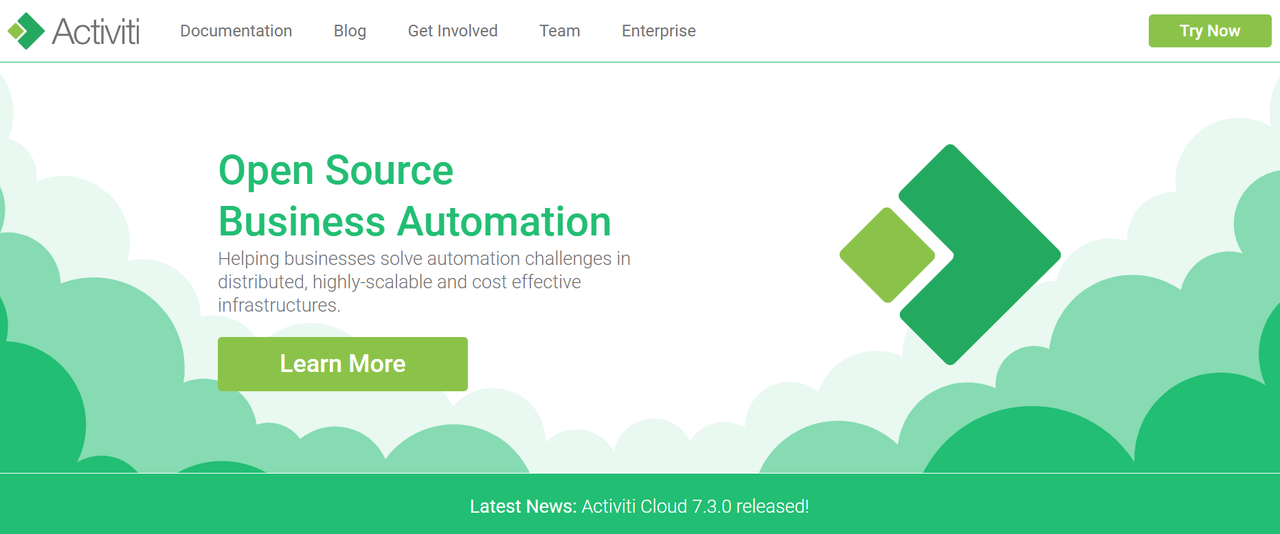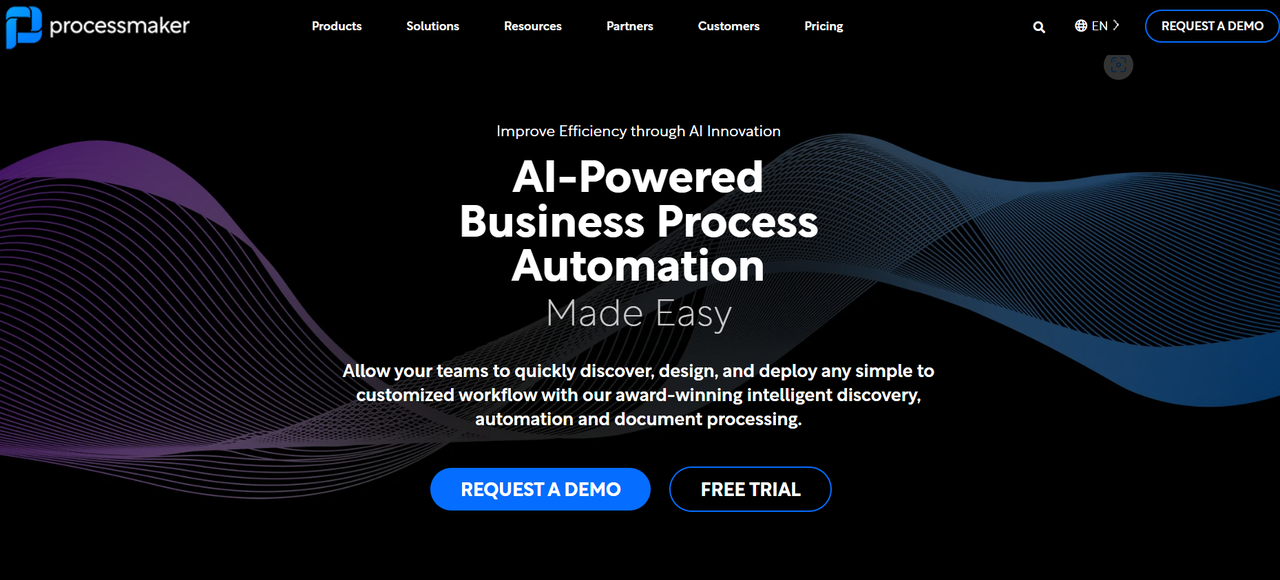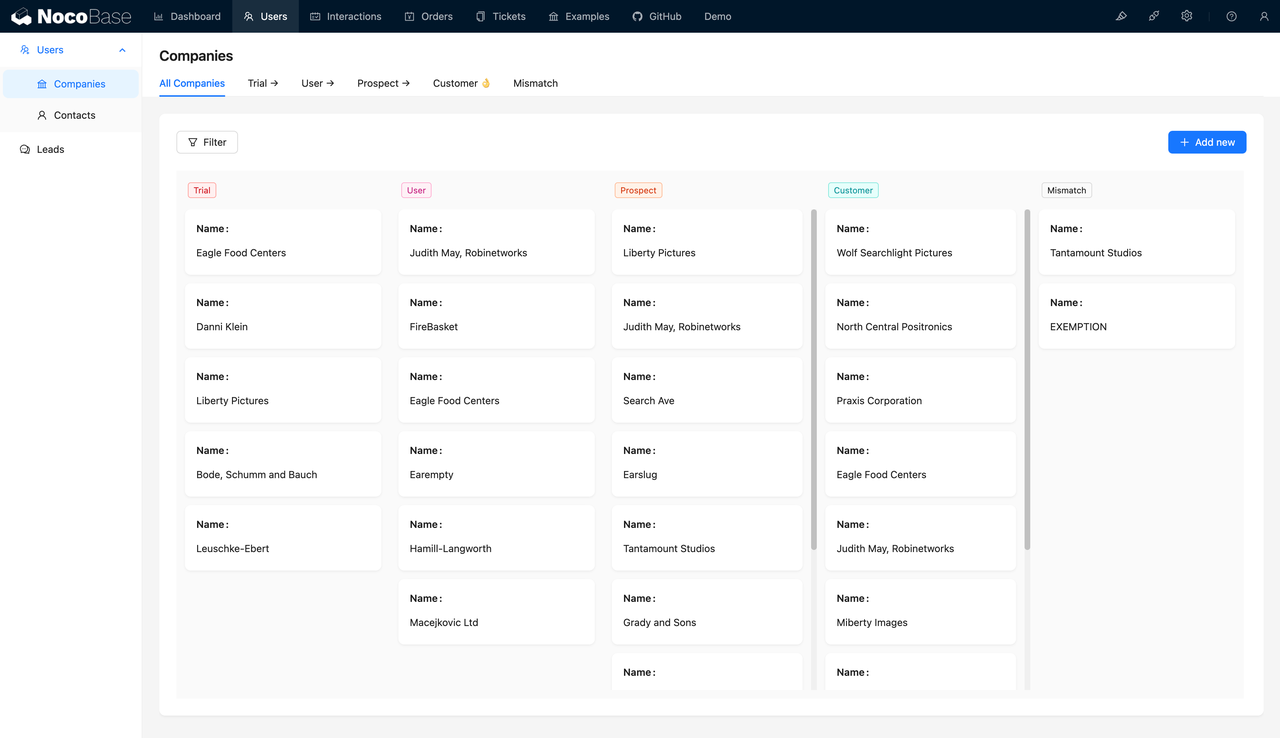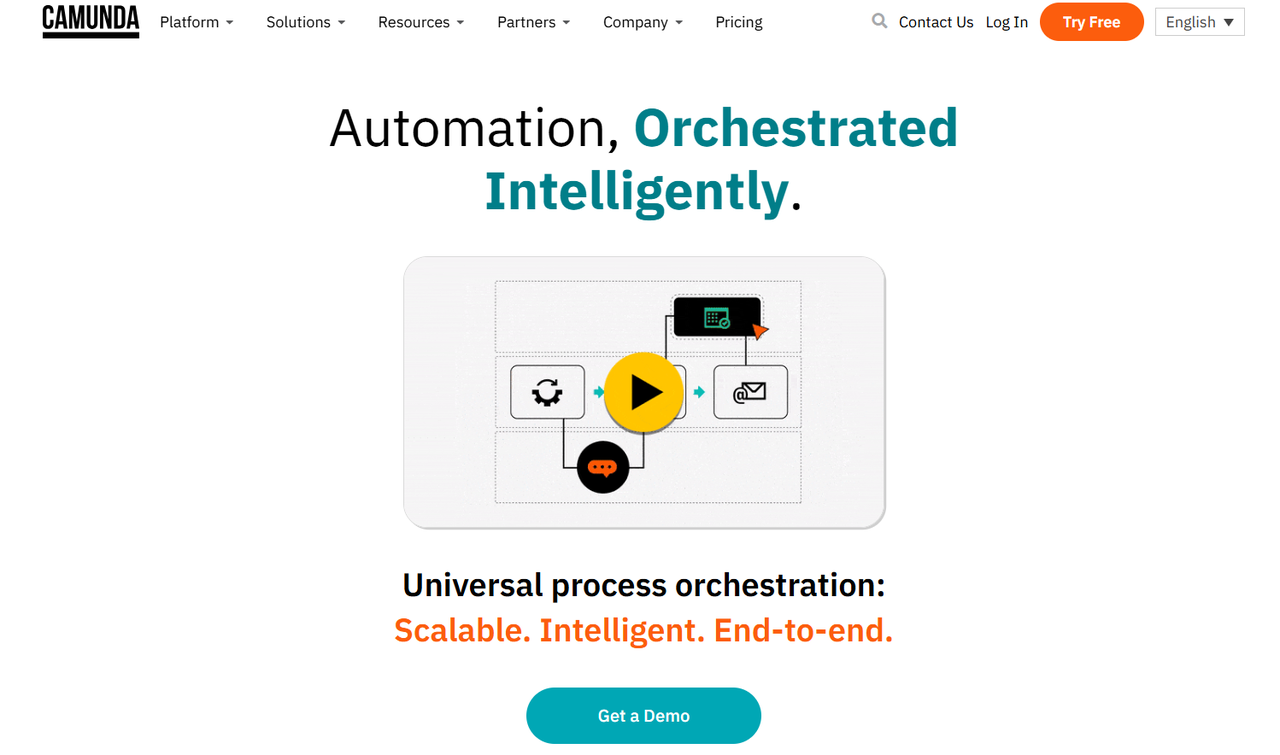In last month’s article, we explored BPM and summarized the three key steps to building BPM applications.
What is BPM and How to Build a BPM App?
However, BPM faces unique challenges across various industries. In education, optimizing enrollment management processes and enhancing student satisfaction are crucial; the manufacturing sector deals with complex supply chains and production scheduling challenges; the financial services industry emphasizes the importance of real-time data updates and compliance monitoring; while retail focuses on inventory management and improving customer experience.
Therefore, we will delve into the pain points of BPM in these industries and recommend corresponding BPM solutions.
It’s worth noting that the open-source tools recommended in this article are not specifically tailored to the listed industries. We aim to help readers understand and effectively utilize these tools by considering the unique needs of each sector.
1.Education Sector
Typical Scenario
At a prestigious university’s admissions office, staff member Anna is overwhelmed. Her computer screen is cluttered with windows: video conferencing platforms, support request management systems, FAQs, and electronic folders for student applications. Constantly switching between these tools, Anna struggles to track every application while facing the challenge of information silos. Every new support request makes her sigh, as the lack of data synchronization hampers her ability to respond quickly. The university aims to provide better educational content through video conferencing, but the difficulty of integrating existing systems makes this goal seem out of reach. She wonders why there can’t be a unified, efficient management system to simplify everything.
Recommended Tool: NocoBase
GitHub:https://github.com/nocobase/nocobase
GitHub Stars:11.9k
Reasons for Recommendation:
- Rapid Setup and Customization: NocoBase’s WYSIWYG interface allows for quick creation and adjustment of pages to meet specific needs without programming experience.
- Advanced Integration Capabilities: NocoBase’s API enables seamless integration with existing video conferencing platforms and tools, breaking down information silos and ensuring real-time data synchronization.
- Automated Workflow Configuration: NocoBase’s automation features streamline the handling of support requests, significantly reducing manual processing time.
Use Cases:
- Enrollment Process Management: Create online application and review systems for students to submit materials and check application statuses efficiently.
- Student Support Services: Integrate FAQs and online resources for students to self-resolve issues, optimizing service processes.
- Data Analysis and Decision Support: Real-time data queries and visualization reports provide management with key insights for informed decision-making.
🙌 Have a try: NocoBase Tutorial – Task Management System
2.Manufacturing Sector
Typical Scenario
In a large factory, machines roar on the production line as workers prepare for upcoming orders. Suddenly, production manager Michael receives urgent news: a key part supplier has equipment failure and cannot deliver on time. Michael quickly convenes a meeting, but information asymmetry complicates discussions, leaving workers confused about next steps. The production line halts, and downtime incurs thousands in losses. Without real-time data analysis tools, they struggle to evaluate alternative solutions, severely impacting production efficiency.
Recommended Tool: Camunda
GitHub:https://github.com/camunda/camunda
GitHub Stars:3.2k
Reasons for Recommendation:
- Real-Time Data Analysis and Decision Support: Camunda integrates monitoring and analysis tools, allowing production managers to quickly assess alternatives for key part shortages, reducing downtime costs.
- Flexible Workflow Adjustments: Camunda allows rapid adjustments to production processes during emergencies, optimizing resource allocation and ensuring swift recovery.
- Efficient Information Sharing and Communication: Visual modeling helps team members understand the current process state, reducing information asymmetry and improving meeting efficiency.
Use Cases:
- Emergency Response Process Management: Quickly activate emergency processes when supplier issues arise, ensuring timely evaluation and implementation of alternatives.
- Production Line Scheduling Optimization: Dynamically adjust production plans based on real-time data to enhance resource utilization.
- Cross-Department Collaboration: Coordinate communication among procurement, production, and quality management during supply chain issues.
3.Financial Sector
Typical Scenario
At a bank’s customer service center, phone calls ring incessantly as account manager Sarah speaks with an anxious customer inquiring about their loan application status. While trying to reassure the customer, Sarah struggles to locate the latest application status in a complex system with delayed updates. Frustrated, the customer hangs up, heightening Sarah’s anxiety about potential customer loss and diminishing trust.
Recommended Tool: Activiti

GitHub:https://github.com/Activiti/Activiti
GitHub Stars:10.1k
Reasons for Recommendation:
- Process Automation: Activiti supports highly automated business process management, ensuring seamless transitions throughout the loan application stages.
- Centralized Information Management: By integrating real-time data management, account managers can quickly access loan application statuses, enhancing transparency and communication efficiency.
- Compliance Management and Real-Time Auditing: Activiti automates compliance processes, ensuring that all loan applications and service operations meet industry regulations.
Use Cases:
- Customer Service Management: Automate customer service processes to enhance response speed and service quality, reducing customer churn risk.
- Loan Application Process Optimization: Improve processing efficiency through real-time tracking and management of loan application statuses.
- Compliance Review Process Simplification: Automate compliance checks and reporting to maintain adherence to evolving regulations.
4.Retail Sector
Typical Scenario
At a large retail chain’s inventory management center, warehouse manager James is busy verifying outgoing shipments. With a hot promotional campaign underway, customers are flooding in, but James finds that the system indicates 500 units of a product in stock, while only 100 are actually available. To meet customer demand, James calls suppliers for restocking, but delays occur due to system updates lagging behind. During peak promotion periods, the inventory management system fails to accurately record stock, leading to frequent customer check-out issues. James must conduct manual counts, wasting time and still failing to reflect accurate inventory.
Recommended Tool: ProcessMaker

GitHub:https://github.com/ProcessMaker/processmaker
GitHub Stars:455
Reasons for Recommendation:
- Real-Time Data Updates and Monitoring: ProcessMaker integrates with existing inventory management systems to ensure real-time updates, preventing delays and stock shortages.
- Automated Processes: Automate inventory management and restocking workflows, reducing manual errors and enhancing overall management efficiency.
- Visual Process Management: Intuitive drag-and-drop modeling allows non-technical staff to quickly adjust inventory management processes to meet promotional changes.
Use Cases:
- Inventory Management Process Automation: Automate stock counts and updates to reflect inventory status accurately, improving turnover rates and reducing stock risks.
- Order Processing Optimization: Automate customer order processing to ensure timely fulfillment, particularly during promotions.
- Customer Service: Enhance the responsiveness and quality of customer service processes to improve customer satisfaction.
Related reading:
- What is BPM and How to Build a BPM App? - NocoBase
- 5 Best Open-Source No-Code Tools for Project Management
- Top 8 Open-Source CRUD Projects with the Most GitHub Stars
- Top 11 Open Source Internal Tools with the Most GitHub Stars
- Build CRM in Hours: Top No-Code/Low-Code Tools You Need to Know
- Discover Top Tools: Accelerate Web Application Development

